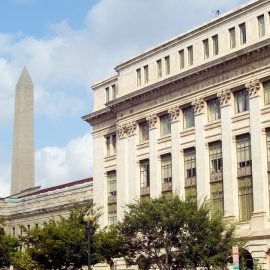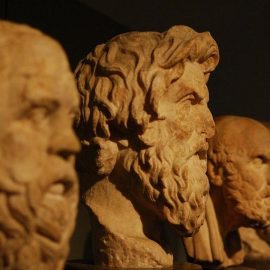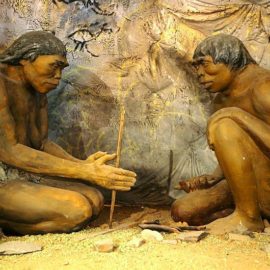

This article is an excerpt from the Shortform book guide to "How Democracies Die" by Steven Levitsky and Daniel Ziblatt. Shortform has the world's best summaries and analyses of books you should be reading.
Like this article? Sign up for a free trial here .
Who is George Wallace? Under what party did Wallace run for president?
Former Governor of Alabama George Wallace ran for president in 1968 under the American Independent Party banner. Although George Wallace had little effect on American politics, his 1968 presidential campaign remains a deeply significant event.
Read more about the legacy of George Wallace’s presidential campaign below.
George Wallace’s Legacy
George Wallace, a staunch segregationist and supporter of American racial apartheid who ran for president in 1968, was considered unacceptable by the leadership of both major parties. As such, he was forced to mount a third-party bid for the presidency in 1968 under the American Independent Party banner. Given America’s two-party system and the winner-take-all nature of the Electoral College, this doomed his longshot presidential bid to failure.
In spite of this, Wallance remains a significant figure in American politics. Besides earning an impressive share of the popular vote in the 1968 election (13.5%), he also earned 46 electoral votes by winning the states of Georgia, Alabama, Mississippi, Arkansas, and Louisiana. To date, he remains the last third-party presidential candidate to win any votes in the Electoral College, a feat that subsequent high-profile challengers like Ross Perot and Ralph Nader never managed to achieve.
Moreover, Wallace understood full well that he had little chance of winning the Electoral College. His strategy was instead predicated on winning enough states in the Deep South to deny both the Republicans and Democrats the 270 electoral votes needed to win the election. This would have then thrown the election to the House of Representatives, where Wallace hoped his Southern Democrat allies would hand him the presidency. In fact, this very nearly happened. Had a relative handful of votes in a few states like Tennessee, South Carolina, Illinois, or Ohio shifted, neither Richard Nixon nor Hubert Humphrey would have received enough electoral votes to clinch victory.
Lastly, observers have argued that Wallace’s bid for president represented a significant event in the long-term realignment of the two major parties. George Wallace’s presidential campaign and his success in the Deep South helped draw many white Southerners out of their longtime political home in the Democratic Party. By loosening their traditional allegiance to the Democrats, Wallace helped start the process by which these same voters would ultimately become the new conservative base of the Republican Party.

———End of Preview———
Like what you just read? Read the rest of the world's best book summary and analysis of Steven Levitsky and Daniel Ziblatt's "How Democracies Die" at Shortform .
Here's what you'll find in our full How Democracies Die summary :
- How shared norms are essential for preserving democracy
- Why the Trump presidency threatened those shared norms
- Why democracy goes beyond individual leaders and parties and must be a shared enterprise among committed individuals






